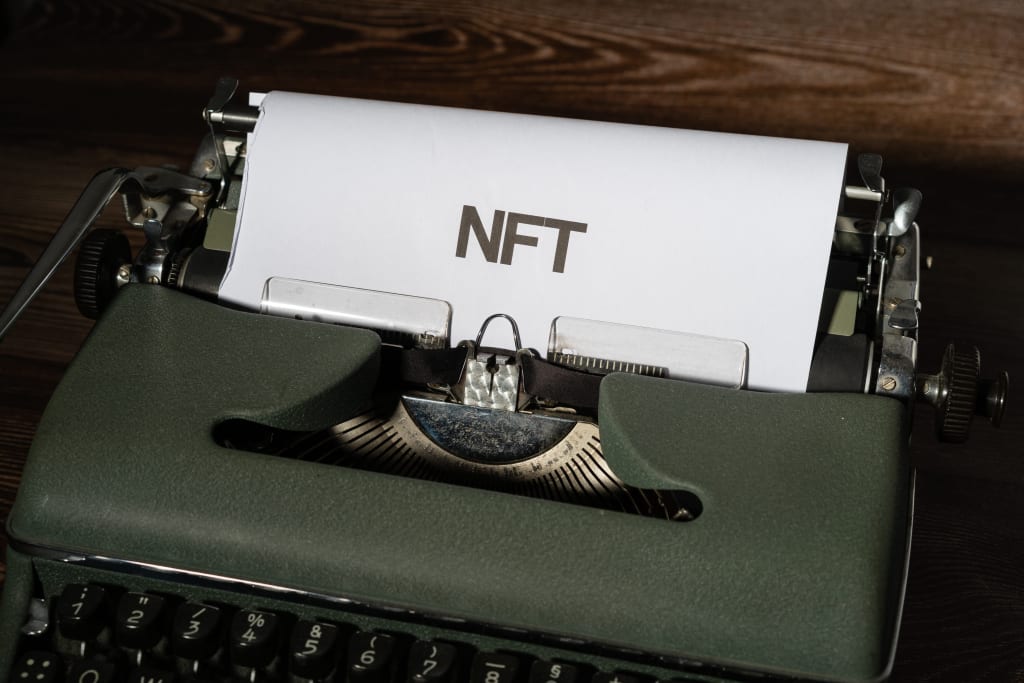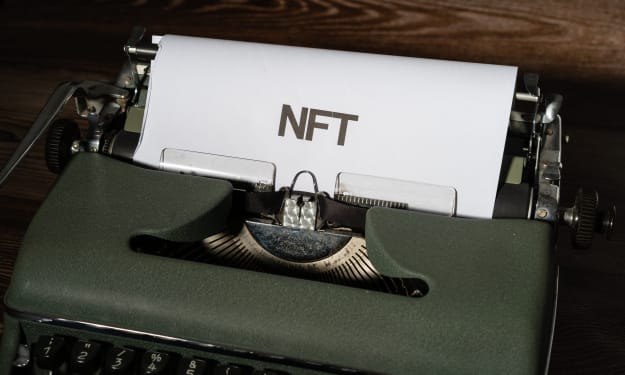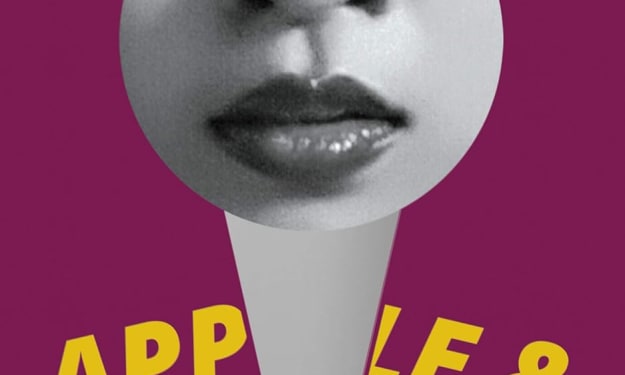AI-Generated NFTs: Exploring the Intersection of Technology and Art
Unlocking the Creative Potential and Redefining the Art World with AI-Driven NFTs

In recent years, non-fungible tokens (NFTs) have emerged as a revolutionary new way to sell and collect digital art. These unique digital assets are authenticated using blockchain technology, making them one-of-a-kind and highly sought after by collectors. However, the possibilities of NFTs don't stop there. The intersection of NFTs and artificial intelligence (AI) opens up a whole new world of creative potential and redefines what we consider "art."
AI-generated art has been around for a while, but its intersection with NFTs is a recent development. AI algorithms can create unique and original art that can be authenticated and sold as NFTs. This combination unlocks a whole new realm of creativity, as AI-generated art can produce things that are beyond the limits of human imagination.
One of the most remarkable things about AI-generated art is that it can produce something truly unique every time it creates. An AI algorithm can create an endless number of variations on a theme, each one different from the last. This means that there is virtually no limit to the number of unique NFTs that can be generated using AI.
AI-generated art also opens up new possibilities for artists who may not have the traditional skills or training necessary to create art by hand. With AI, anyone can create a unique and original piece of art that can be sold as an NFT. This means that the art world is no longer restricted to the elite few who have the time and resources to train in traditional art techniques.
Another exciting possibility of AI-generated NFTs is that they can be used to create entirely new forms of art. AI algorithms can be trained to recognize patterns and create entirely new forms of art based on those patterns. This could lead to new art styles and genres that we have never seen before.
For example, the artist Trevor Jones has created an NFT called "The Bitcoin Angel," which was created using both AI algorithms and traditional painting techniques. The work is a stunning example of how AI can be used to create entirely new forms of art that are both unique and beautiful.
However, as with any emerging technology, there are also potential downsides to the intersection of AI and NFTs. One concern is that AI-generated art may lack the emotional depth and human touch that traditional art has. It may be difficult for some collectors to connect with an artwork that was created by an algorithm rather than a human artist.
Another concern is the potential for fraud in the NFT market. As AI algorithms become more sophisticated, it may become easier to create fake NFTs that are indistinguishable from the real thing. This could undermine the entire NFT market and make it difficult for collectors to trust the authenticity of the NFTs they purchase.
Despite these concerns, the intersection of AI and NFTs holds enormous potential for the future of the art world. By unlocking new forms of creativity and redefining what we consider "art," AI-generated NFTs could revolutionize the way we think about and collect art. As AI technology continues to evolve and improve, it's exciting to think about the possibilities that lie ahead.
One exciting possibility is the use of AI-generated NFTs in the gaming and virtual reality worlds. AI-generated art can create new characters, environments, and landscapes that can be used in video games and virtual reality experiences. This opens up a whole new world of creative potential for game developers and artists alike.
Another potential application is in the field of fashion. AI-generated NFTs could be used to create unique and original clothing designs that can be sold as digital assets. This would disrupt the traditional fashion industry, which is known for its exclusivity and high barriers to entry.
The intersection of AI and NFTs could also have implications for the way we consume and appreciate art. As NFTs become more prevalent, it may become easier for art collectors and enthusiasts to access and appreciate a wider range of art. This could lead to a more democratized art world, where the barriers to entry for collectors and artists are lower.
In conclusion, the intersection of AI and NFTs represents an exciting new frontier in the art world. By unlocking new forms of creativity and redefining what we consider "art," AI-generated NFTs have the potential to revolutionize the way we create, collect, and appreciate art. While there are concerns about the emotional depth and authenticity of AI-generated art, the possibilities and opportunities that this technology presents cannot be ignored. As we continue to explore the intersection of AI and NFTs, it will be interesting to see how this technology shapes the future of the art world.
About the Creator
Balla Adorján
As a writer, I understand the importance of tailoring my writing style to suit the needs of the specific project, whether that be a formal academic article or a fun and lighthearted blog post.
Enjoyed the story? Support the Creator.
Subscribe for free to receive all their stories in your feed. You could also pledge your support or give them a one-off tip, letting them know you appreciate their work.






Comments
There are no comments for this story
Be the first to respond and start the conversation.